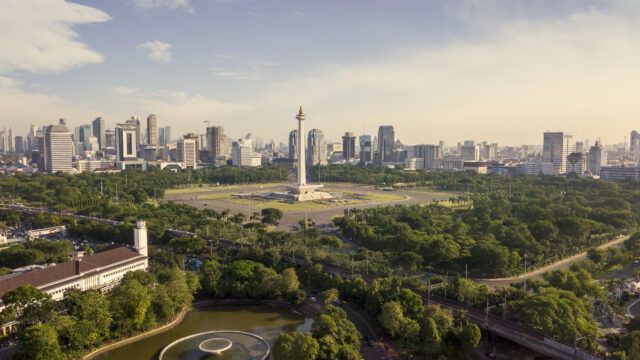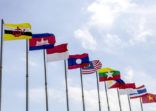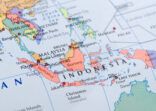Across Southeast Asia, supportive economic growth drivers that include border re-openings and a subsequent tourism boost will create opportunities for investors in certain sectors and asset classes.
These will emerge despite the impact of recent external macro headwinds such as faster Fed rate hikes, higher commodity prices and supply chain disruption in China.
“From a macro perspective, we think Asean economies will continue to see solid growth this year,” said Stefanie Holtze Jen, chief investment officer for Apac at Deutsche Bank IPB. “Fixed investment in many markets proved quite resilient during the pandemic, compared with household spending.”
The bank, as part of its economic outlook for the region, said it foresees key reasons to expect this to continue, including strong foreign direct investment flows into several Asean economies – notably Indonesia, Malaysia and Vietnam.
Selectivity and patience with equities
Against the backdrop of this environment, Asean’s financial and energy sectors could continue as key sectoral drivers.
In equities, in particular, Deutsche Bank IPB favours Asean financials in the rising rate environment as well as energy sectors given higher oil prices.
More broadly in this asset class, investors could consider possible temporary set-backs of Asean equities as an opportunity to re-balance their regional positioning.
“From a country perspective, over the course of this year, we would prefer Singapore and Indonesia, now trading at 12-month forward price/earnings ratios of 13.2x and 17.9x, respectively,” added Jason Liu, head, chief investment office for Apac at Deutsche Bank IPB.
Looking beyond the shorter term, regional reopening, above-trend global growth expectations and regional GDP growth prospects combine to create a brighter view on the region’s medium to long-term prospects.
A mixed commodity impact
In the commodities space, Deutsche Bank IPB believes higher prices due to the effect of the Ukraine/Russia war on the supply of energy and hard commodities, as well as on certain agricultural products, could benefit some net commodity exporters such as Malaysia and Indonesia.
However, overall, it explained, current account balances in 2022 are likely to be weaker than their pre-pandemic average in several economies, notably in the Philippines and Thailand.”
“Near-term, Asean food and beverage producers face the risk of a profit margin squeeze due to high input costs as well as limited room to pass these costs on to consumers,” said Holtze Jen.
“But in the medium-term, overall demand is likely to be supported by economic re-opening, government fiscal subsidies and higher income of sectors such as agriculture, energy and mining – partially offsetting the negative inflationary impact.”
Caution on credit and currencies
Meanwhile, Deutsche Bank IPB suggests that Asean credit could face headwinds with higher US rates.
At the same time, selective sectors, including Indonesian high yield, could offer opportunities.
Furthermore, broad Asean FX may be affected by a strong US dollar, but the bank thinks that currencies of commodity exporters and economies with hawkish central banks may outperform.
For example, said Liu, the Singapore dollar will stay supported by the resilient domestic economy as well as Singapore’s border opening strategies, but central bank guidance needs to be watched.

















